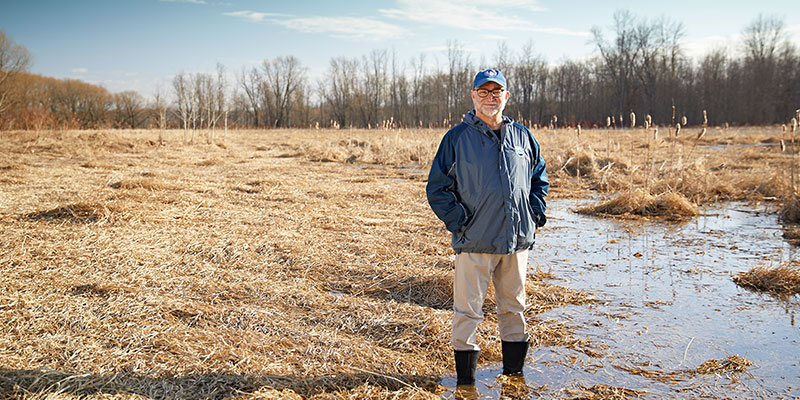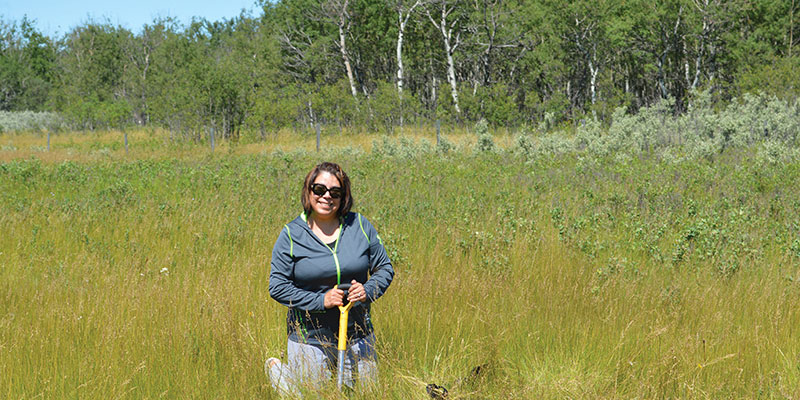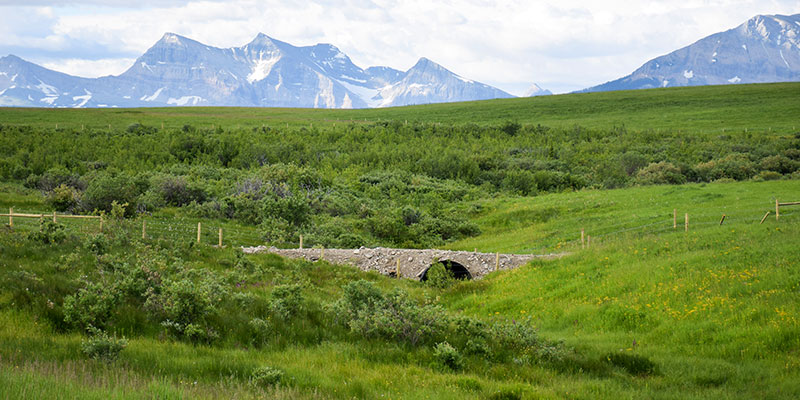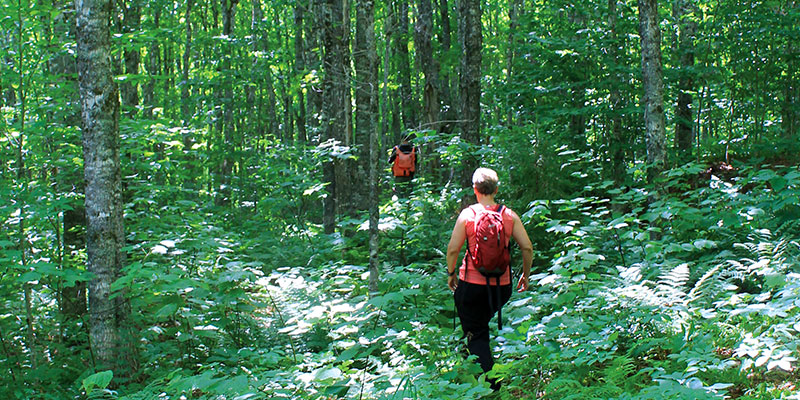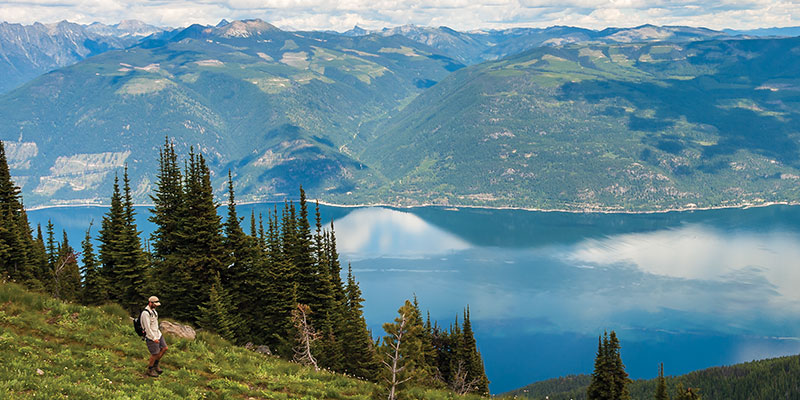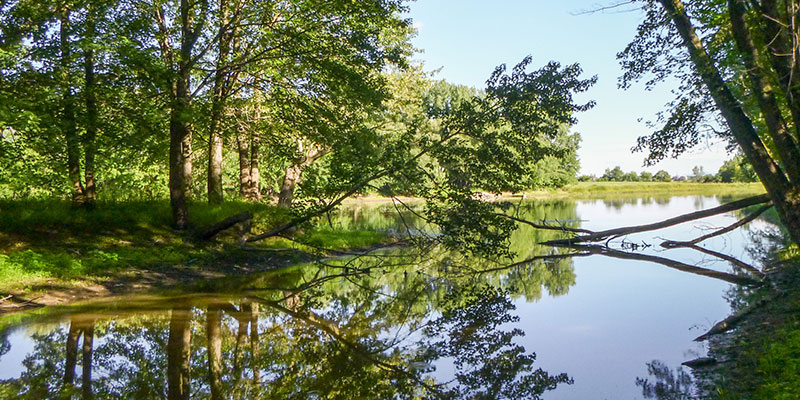Nature-based solutions are among the most cost-effective strategies to counter the challenges society faces — the dual crises of biodiversity loss and climate change. That’s why NCC is allied with nature to address these crises.
According to the International Union for Conservation of Nature, nature-based solutions are actions to protect, sustainably manage and restore ecosystems, effectively benefitting human well-being and biodiversity.
The following slides highlight NCC properties where nature and NCC are working hand in hand to provide nature-based solutions.

